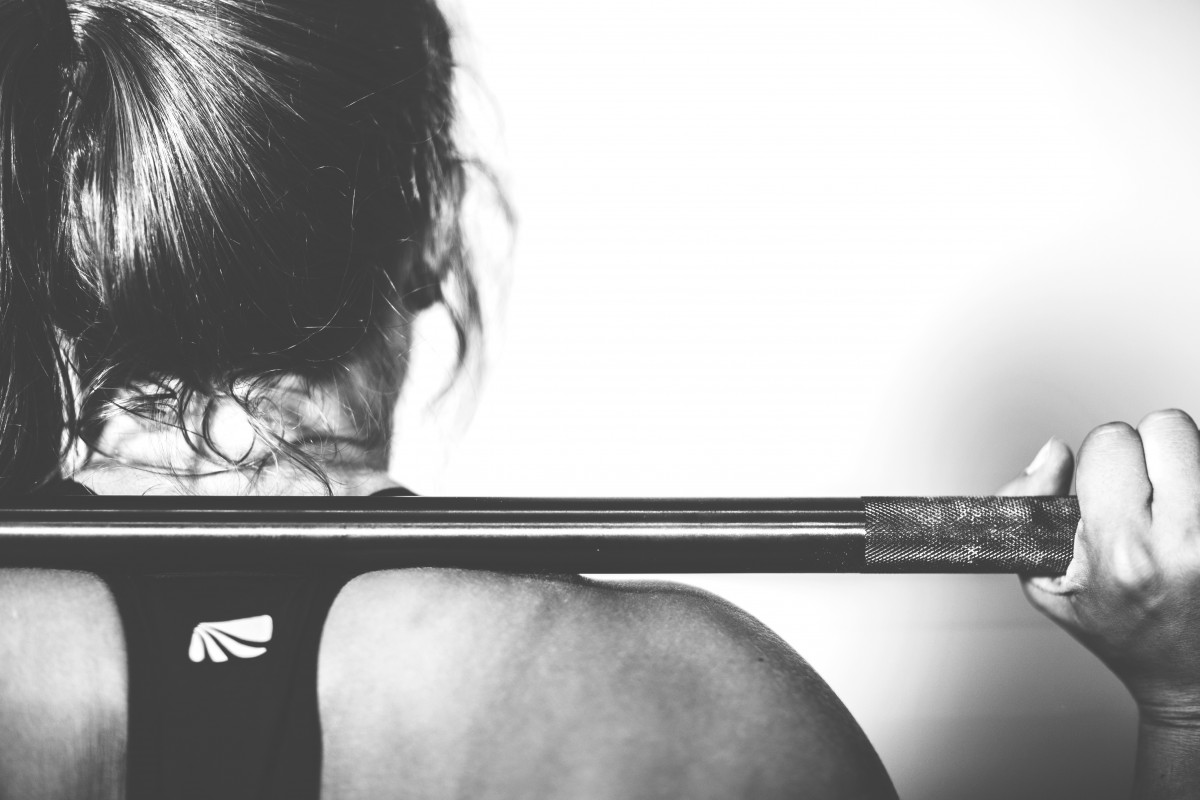Throwing athletes spend a lot of time on shoulder training. Usually this is done with something like resistance bands. The idea being that the loer stress work of the bands allows for the development of the scapular stabilizers and the rotator cuff muscles to prevent injuries related to throwing.
While many of use traditionally use these exercises, it’s unclear if they are the best way to approach this type of training. In the Journal of Strength and Conditioning Research, Oliver et al have a study looking at an unusual type of exercise and comparing them to more traditional band exercises.
The authors compared EMG activation of the gluteus medius, biceps femoris, latissimus dorsi, lower trapezius, upper trapezius, and serratus anterior during four “kinetic chain exercises” with three traditional resistance band exercises. The idea being to see if the kinetic chain exercises are more effective at muscle activation than the traditional band exercises.
The four kinetic chain exercises were:
- Airplane: Basically a one-legged hip hinge, with the other leg extended behind the body as the weight-bearing hip flexes. From the hip flexion position, subjects would extend their arms and performed both internal rotation and external rotation at the shoulder.
- Lunges: Subjects went into the lunge position. Then retracted the scapulae, externally rotated the humerus, and assumed a “w” position with the arms.
- Get ups: Pretty close to a Turkish get-up.
- Single-leg balance: Subjects stood on one leg with the non weight-bearing hip and knee flexed to 90 degrees. Shoulders were flexed to 90 degrees and scapular retractions were performed.
The traditional resistance band exercises were:
- I: Subjects laid prone on the table, gripped the band that was attached to the table’s leg, and flexed the shoulder.
- T: Subjects laid prone on the table, gripped the band with both hands, then horizontally abducted the shoulders.
- Y: Subjects laid prone on the table, gripped the band with both hands, then attempted to create a Y position by raising their arms.
Results:
- Biceps femoris and gluteus medius: the airplane exercise had the greatest activation of both.
- Latissimus dorsi: the greatest activation was achieved by the four kinetic chain exercises and the T exercise.
- Lower trapezius: the greatest activation was achieved by the three traditional resistance band exercises.
- Serratus anterior: the lunge, get up, and I exercises had the greatest activation of the serratus anterior.
- Upper trapezius: the airplane, single-leg balance, lunge, and I exercises had the greatest activation of the upper trapezius.
The first thing to point out is that this is not a rotator cuff study. Those muscles are the teres minor, infraspinatus, supraspinatus, and subscapularis. This is a study that looks at the muscles involved in pelvic stabilization and scapular stabilization.
Essentially, the study finds that the kinetic chain exercises do the best job at recruiting both areas. In other words, those exercises develop more than the traditional band exercises. This is important because athletes have a very limited amount of time to train, so it has to be used wisely.
Oliver, G.D., Plummer, H.A., and S.S. Gascon. (2016). Electromyographic analysis of traditional and kinetic chain exercises for dynamic shoulder strength. Journal of Strength and Conditioning Research, 30(11), 3146-3154.



